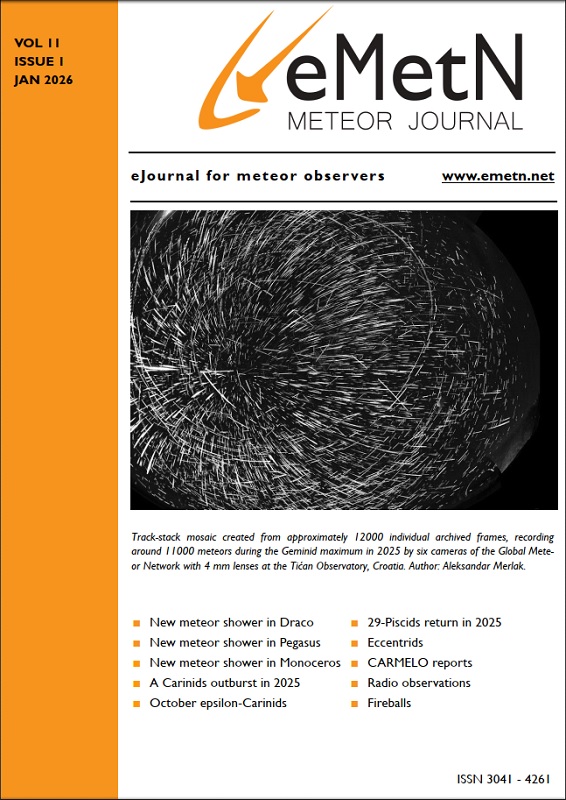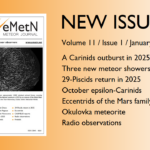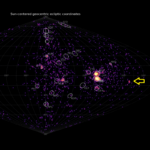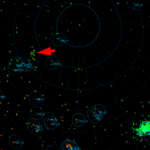By Lauriston de Sousa Trindade, Alfredo Dal’Ava Jr., Marcelo Domingues, Marcelo Zurita, Gabriel Gonçalves Silva
Abstract: The Brazilian Meteor Observation Network, BRAMON, reports a bright bolide observed over Brazil on July 13, 2024.
1 Introduction
The Brazilian Meteor Observation Network (BRAMON) conducts a citizen science project, which began operations in 2014 to observe and analyze the physical properties of meteoroids, meteors, and meteorites in Brazil (Amaral et al., 2018). For this purpose, we employ an array of automated cameras. The BRAMON also provides important information about the paths of meteors and the orbits of their original meteoroids. This report describes the preliminary analysis of a bright meteor observed over Brazil at 03h10m UT on July 13, 2024.
2 Equipment and methods
The event presented here was recorded by multiple security cameras. None of them had initial astrometric calibration. The fields of view varied from camera to camera. We selected videos that showed the meteor’s trajectory for a longer duration and where we could accurately determine the cameras’ geographical locations. Part of the work was facilitated by BRAMON’s partnership with the “Clima Ao Vivo” weather monitoring network, which also had several cameras in the region and captured the event. Additionally, using “Clima Ao Vivo”’s footage, we were able to work on the meteor’s light curve.
3 Analysis of the 2024 July 13 event
This giant fireball was observed on July 13, 2024, at 03h10m36.0s UT and was analyzed using videos from two cameras in the “Clima ao Vivo” weather monitoring network. Neither of the cameras had prior astrometric calibration and were located in the cities of Olindina, Bahia, and Guamaré, Rio Grande do Norte. The BRAMON was responsible for performing the astrometric calibration of the cameras’ fields of view and determining the azimuths, elevations, and duration of the meteor to establish its atmospheric trajectory, light curve, and orbit before its collision with Earth (Figures 1 and 2).
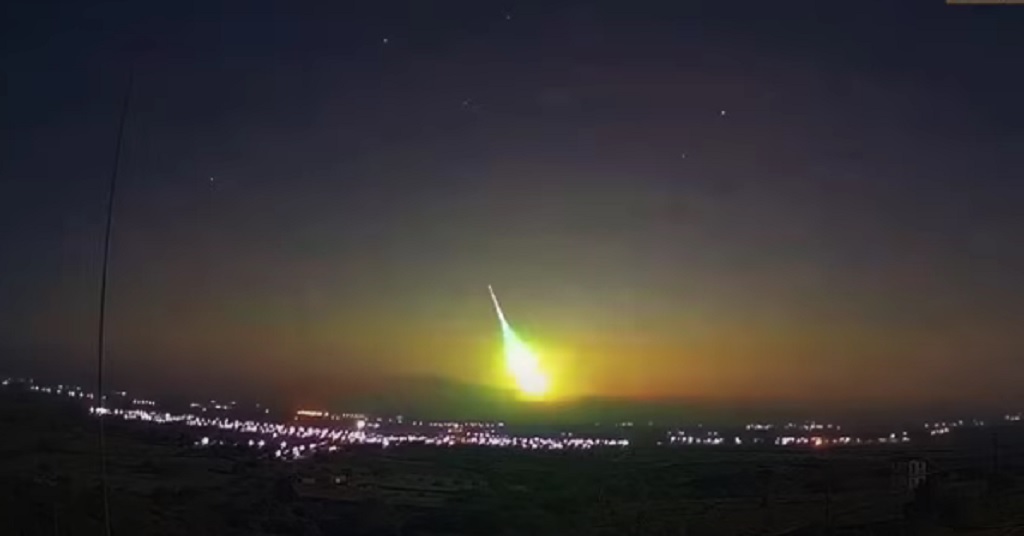
Figure 1 – View of the bolide from the city of Olindina, BA. Image: Clima ao Vivo.
The peak brightness corresponded to an absolute magnitude of –19.0 ± 1.0. The frame of maximum brightness can be seen in Figure 3. An image of the Moon on March 20, 2024, with 84% illumination can be seen in Figure 4. None of the several videos clearly shows whether there was fragmentation along its atmospheric path. The following code was assigned for our internal control: 20240713_031036, and generally and popularly, we are referring to the event as the “Piauí Bolide”. A publication containing a compilation of videos showing parts of the trajectory and intensity of the brightness can be viewed on YouTube. There were hundreds of eyewitnesses to the event, mainly in the states of Piauí, Ceará, Pernambuco, and Bahia.
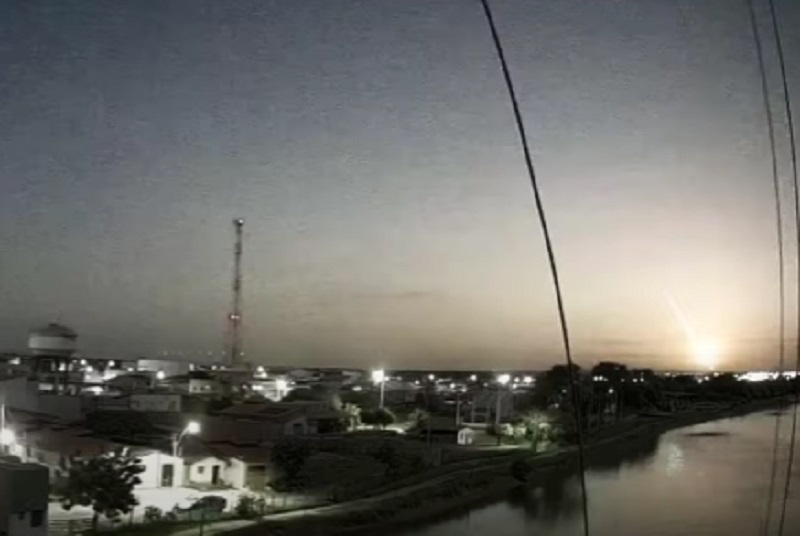
Figure 2 – View of the bolide from the city of Guamaré, RN. Image: Clima ao Vivo.

Figure 3 – Frame from the video recorded from the city of Olindina, BA, showing the peak brightness of the bolide.
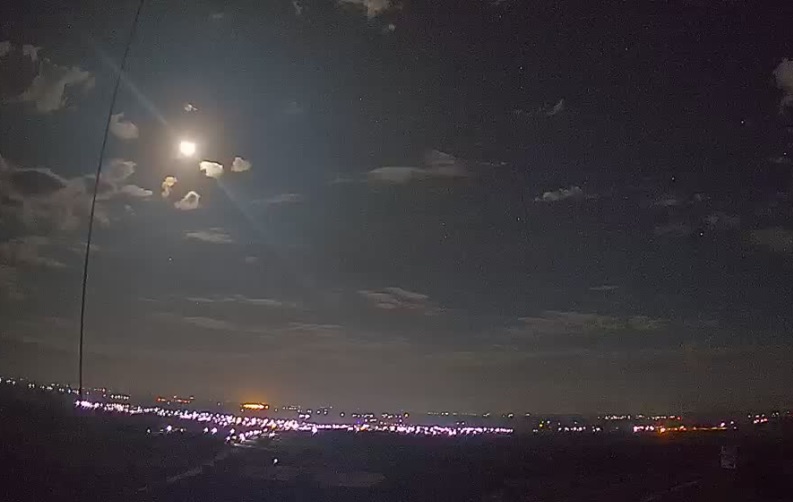
Figure 4 – Image of the moon, 84% illuminated, as seen from the Olindina, BA. Image: Clima ao Vivo.
3.1 Atmospheric trajectory and orbital data
The meteor appeared over the city of Caridade do Piauí, at coordinates: latitude = –7.861893° and
longitude = –40.976162°, at an altitude of 90.7 ± 0.5 km. The beginning of the dark flight occurred over the city of Padre Marcos, at coordinates: latitude = –7.443764 and longitude = –40.928661, at an altitude of 28.8 ± 0.5 km. The observed radiant had the following coordinates: α = 292.72° and δ = –44.51°. The meteoroid had a speed of 13.3 km/s upon entering Earth’s atmosphere. The atmospheric path of the bright trajectory can be seen in Figure 5.
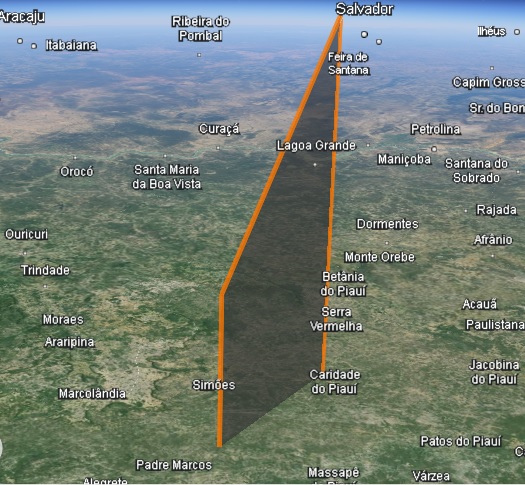
Figure 5 – Atmospheric path of the Piauí Bolide and its ground projection.
After determining the trajectory and geocentric velocity, we were able to calculate the preliminary orbit. The orbital elements can be seen in Table 1. The Tisserand’s parameter with respect to Jupiter TJ = 4.58 indicates most likely asteroidal origin.
Figure 6 shows the representation of the inner solar system and the calculated orbit of the meteoroid that generated the Piauí Bolide at the moment of its collision with Earth’s atmosphere.
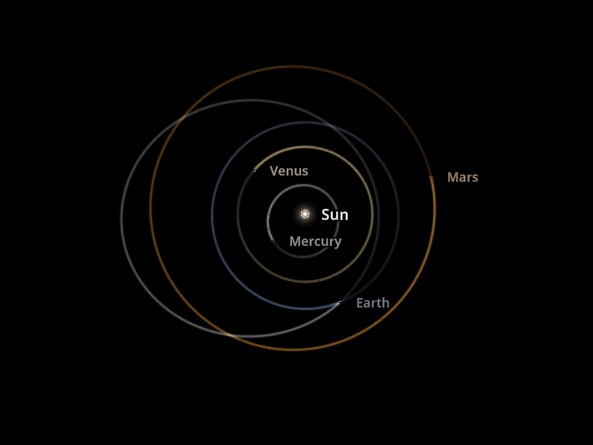
Figure 6 – Representation of the inner Solar System at the time of the Piauí Bolide event.
Table 1 – Orbital data (J2000) for the meteor during its encounter with the Earth’s atmosphere.
| Event | 20240713_031036 |
| a (A.U.) | 1.42 |
| e | 0.45 |
| i (°) | 11.0 |
| ω (°) | 73.43 |
| Ω (°) | 290.90 |
| TJ | 4.58 |
3.2 Comparison with the Meteor Data Center database
Based on the orbital elements, a search was conducted to verify if the Bolide’s orbit matched any meteor showers already cataloged in the Meteor Data Center (MDC) database. The verification was done using three dissimilarity criteria: Southworth and Hawkins (1963), Drummond (1981), and Jopek (1993). The following thresholds were used: DD = 0.09; DSH = 0.15; and DH = 0.15. No meteor showers from the MDC list showed sufficient similarity. Thus, we declare the Piauí Bolide to be part of the sporadic background.
3.3 Comparison with the JPL asteroid and comet database
The list of comets and asteroids maintained by NASA’s Jet Propulsion Laboratory (JPL) was used to search for orbital similarities with the bolide recorded in Brazil. We compared the orbit of the meteoroid that generated the Piauí Bolide with 30509 interplanetary objects. The following thresholds were used for the search: DSH < 0.1; DD < 0.05; and DH < 0.1. Table 2 shows the results of the objects with at least one criterion being met.
Table 2 – Objects with at least one dissimilarity criterion met in comparison with the Piauí Bolide, the Tisserand’s parameter with respect to Jupiter is listed too.
| Object | DSH | DD | DH | Tj |
| 2006 OK3 | 0.087 | – | 0.086 | 4.05 |
| 2021 NY3 | 0.091 | 0.043 | 0.082 | 4.45 |
| 2019 NK2 | – | 0.043 | – | 4.55 |
| 2005 XA8 | – | 0.045 | – | 4.60 |
| 2014 YW34 | – | 0.047 | – | 4.63 |
| 2023 XN16 | – | 0.047 | – | 4.52 |
| 2010 AK | – | – | 0.078 | 4.00 |
| 2023 N2 | – | – | 0.080 | 4.53 |
| 2019 OX44 | – | – | 0.092 | 4.02 |
| 2012 XF133 | – | – | 0.098 | 4.41 |
3.4 Satellite image
The Geostationary Lightning Mapper (GLM) is a satellite-based detector designed for near-infrared optical transients. It is positioned aboard the GOES-16 satellite in geostationary orbit, enabling continuous monitoring of a specific area, including Brazil. This setup allows GLM to achieve unprecedented lightning detection rates from space. Operating day and night, GLM detects all types of lightning with high spatial resolution and efficiency. Figure 7 shows the frame where we have the record of the flash generated by the bolide (meteor flare 20240713_031036).
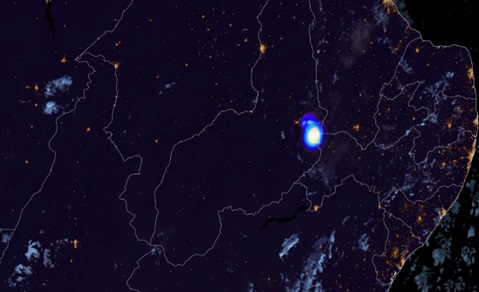
Figure 7 – Detail of the GOES-16 GLM system image, on July 13th at 03h10m UT, showing detection of the meteor flare 20240713_031036.
3.5 Impact energy
The CNEOS catalog includes the geocentric velocity components and geographic coordinates for bolides detected by U.S. government sensors. The event 20240713_031036 is recorded with the following peak brightness timestamp: 2024–07–13 03h10m41s, with geographic coordinates: 7.4°S and 41.0°W. No disclosure was made regarding the calculation of the velocity vector components. The energy calculated by CNEOS for the event was equivalent to 1.5 kt. Considering the calculated velocity of 13.3 km/s, the meteoroid that generated the bolide would have had an initial mass of approximately 62 tons. Figure 8 shows the event’s location on the CNEOS Fireball infrasound recording map.
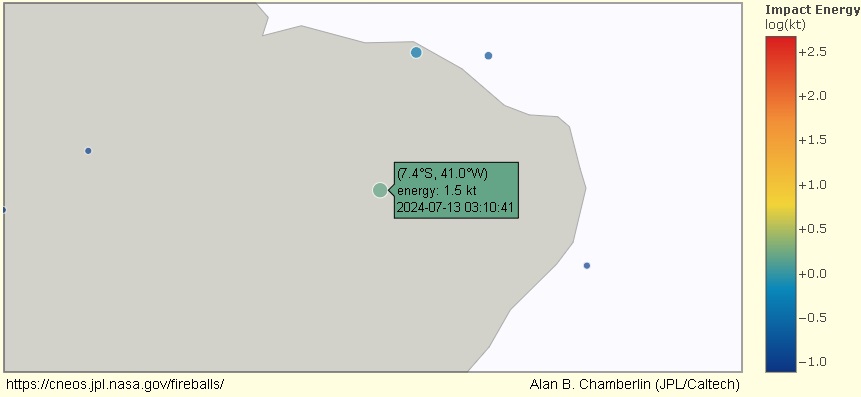
Figure 8 – CNEOS map with the marking of the Piauí Bolide event.
4 Conclusion
The bolide from Piauí was recorded by several security cameras in various states of northeastern Brazil. None of them provided astrometric calibration. All astrometry work was done based on the georeferencing of these cameras and analysis of the recorded landscapes. We can estimate that the bolide was generated by a small asteroid, weighing approximately 62 tons and with a diameter of just under 3 meters. It entered the atmosphere at a speed of 13.3 km/s and traveled 55 km before the dark flight. Dissimilarity tests did not indicate equivalence with already cataloged meteor showers. Other asteroids that have some orbital similarities were indicated based on DD, DSH, and DH tests. However, such similarities are not conclusive. Since fireball reports were implemented by the monitoring system of the United States of America, the Piauí Bolide has been the most energetic event recorded over Brazilian soil. With hundreds of witnesses, the bolide sparked the interest of thousands of Brazilians about meteorites and motivated several expeditions of meteorite hunters to the city of Padre Marcos, in the state of Piauí. Today, one year after the event, no meteorite associated with this event has been located.
References
Amaral L. S., Trindade, L. S., Bella C. A. P. B., Zurita M. L. P. V., Poltronieri R. C., Silva G. G., Faria C. J. L., Jung C. F., and Koukal J. A. (2018). “Brazilian Meteor Observation Network: History of creation and first developments”. In Gyssens M. and Rault J.- L., editors, Proceedings of the International Meteor Conference, Petnica, Serbia, 21–24 September, 2017. IMO, pages 171–175.
Drummond J. D. (1981). “A test of comet and meteor shower associations”. Icarus, 45, 545–553.
Jopek T. J. (1993). “Remarks on the meteor orbital similarity D-criterion”. Icarus, 106, 603–607.
Southworth R. R. and Hawkins G. S. (1963). “Statistics of meteor streams”. Smithson. Contrib. Astrophys., 7, 261–286.

